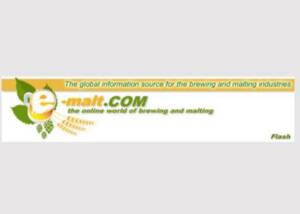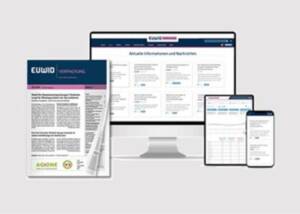Naturally sweeter approach to reducing sugar in food and beverages
News General news
Concern over sugar intake and interest in sugar reduction is driving an increasingly sophisticated approach to sweetening food and beverages with a focus on three parallel areas: natural sweeteners, less sweetening and no sweetness.

Innova Market Insights’ latest Ingredient Insider report analyzes trends in sugar reduction and the use of sweeteners in food and beverages. The report includes market and consumer research, new product activity and the use of sugar-related claims in food and beverages.
Efforts to reduce sugar levels are well established and ongoing, reflecting the well-documented link to dental caries as well as the widely held view that high sugar consumption is a causative factor for a range of conditions including weight gain, diabetes and hyperactivity in children. Government intervention in this regard has become more widespread globally, including the use of sugar taxes and the regulation of advertising targeting children.
Four in 10 consumers in Innova’s global Health and Nutrition Survey in 2020 claimed to have decreased their sugar consumption over a 12-month period. The prevention of health conditions was the leading reason given for this reduction, ahead of weight management and followed by dental health.
“In recent years ingredient innovations have enabled manufacturers to better replicate the multiple sensory and functional properties of sugar, including sweetness, mouthfeel, bulk, browning and moisture retention, while lowering the amounts of sugar and calories,” reports Lu Ann Williams, Global Insights Director at Innova Market Insights.
Sweeteners currently include non-nutritive, bulk, reduced-calorie sugars and rare sugars, but ongoing research is likely to discover forms of sugar that can be marketed as natural and offer both formulation and metabolic benefits, while increasingly successfully targeting the high taste expectations of consumers.
As well as NPD activity in sweet ingredients, such as fruits to provide sweetness that does not count towards added sugar on labels, the demand for natural sweeteners like stevia, monk fruit and erythritol is rising in response to consumer demand for clean products and a clean label. These are starting to displace other sweeteners considered to be artificial, reflecting Innova Market Insights’ Top Trend for 2021, “Transparency Triumphs.” Companies are upping their game to tell the story of their product by detailing exact ingredients and origins along with production processes.
Manufacturers are continuing to develop new steviol rebaudioside glycosides with sweetness profiles that better match the taste of sugar. At the same time, new production methods are reducing environmental impact. Blends of ingredients used to replicate the sensory and functional properties of sugar include plant-derived sweet-tasting fibers such as chicory root fiber.
These ingredient mixes will continue to optimize taste, recognizing its vital role as a purchase driver. These can encompass concentrated sweeteners alone, or in combination with fibers and other components that replicate the sensory and functional properties of sugar. Ingredients can be chosen and tailored to match the dietary requirements of consumers, including plant based, vegan and gluten free. They are also likely to offer benefits beyond sweetness, such as better-tolerated fibers and protein fortification.










